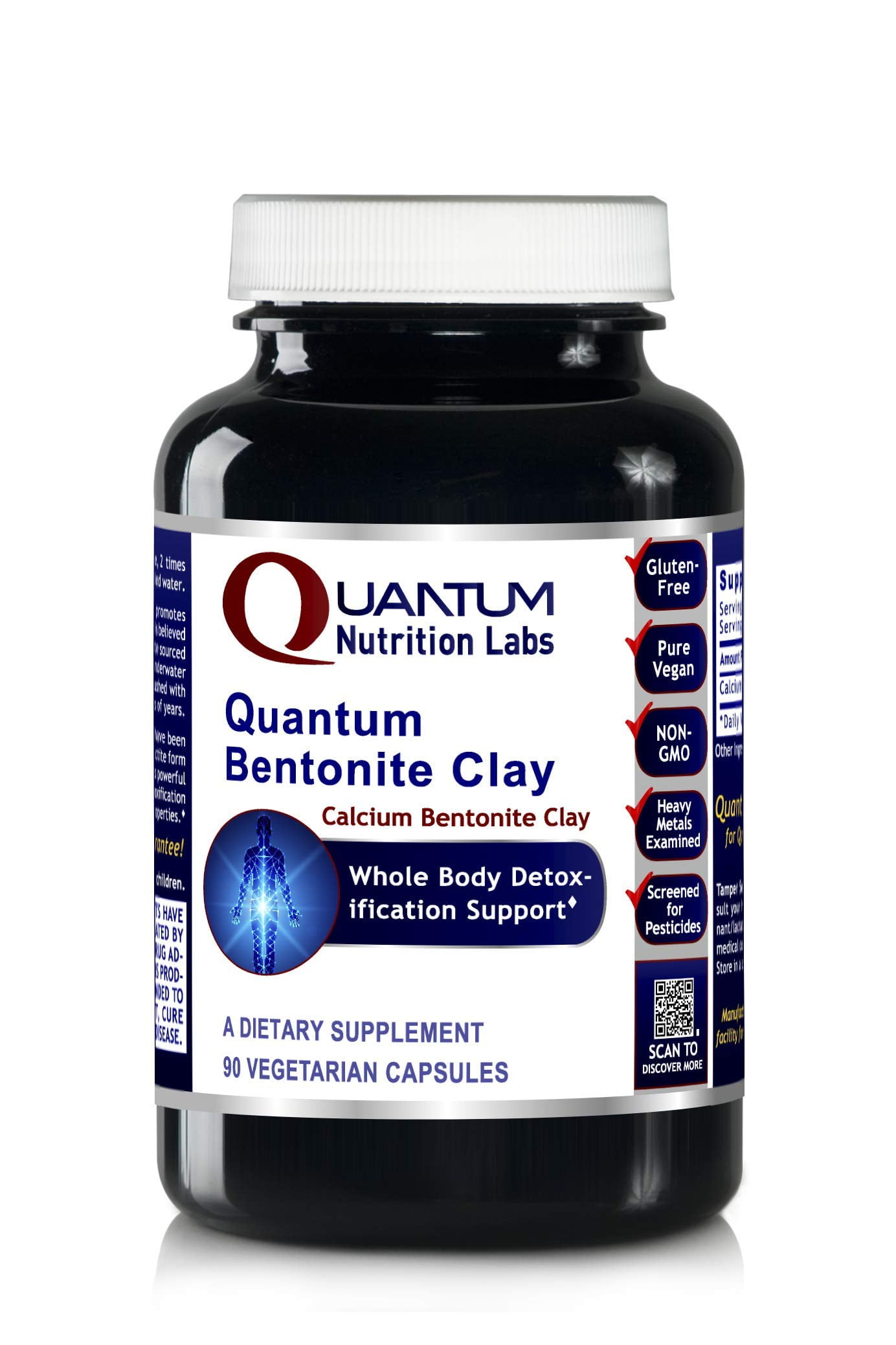
- #Bentonite clay detox in thyme seasoning how to#
- #Bentonite clay detox in thyme seasoning skin#
- #Bentonite clay detox in thyme seasoning full#
- #Bentonite clay detox in thyme seasoning plus#
- #Bentonite clay detox in thyme seasoning free#
Use your stick blender (set to OFF) to stir to begin combining the lye solution and oils for about a minute.Slowly pour your lye solution through your sieve, into the pot of oils.

Add them to the pot of melted hard oils when the melted hard oils are between 110-130 degrees. Measure out your soft oils and set them aside.Set it aside to cool to 110-130 degrees Fahrenheit (check with your digital thermometer periodically) while you move on to the next steps. Upon oils melting, remove immediately from the heat source. Measure out your hard oils into a pot and heat it on low until melted.Set lye solution aside someplace safe until it cools down to 100-120 degrees Fahrenheit.Slowly add your lye to your water, stirring to dissolve the lye.Measure out lye into a separate lye-safe plastic container.If you're not using essential oils, take a small amount of the distilled water you just measured, and mix it in with your clay (just enough to get it to the consistency of a thick milkshake) If you're using essential oils, measure them out and mix the clay into it so the essential oils soak into the clay, which will help to anchor the scent.Measure your distilled water into a lye-safe plastic container.If you're new to soaping, please carefully read my most detailed step-by-step instructions (a guide for beginners) in this post about the cold process method of soap making. What you'll find below are basic instructions for those who have a little bit of experience with soaping. Before anything else, read up on lye safety for soap makers ASAP, and refer to it over and over until you've got it down pat. NOTE: Lye (sodium hydroxide) is used to make soap and this stuff is serious. INSTRUCTIONS (USING THE COLD-PROCESS METHOD)
#Bentonite clay detox in thyme seasoning free#
If you would like to adjust the amount of clay used, feel free to do so. That being said, this recipe is just my preference and can be used as your starting point. Kaolin is very gentle and therefore can be used in higher amounts than something as strong as bentonite. The reason I'm only using 1 teaspoon per pound of oils here is because bentonite is a stronger clay that's a little more drying. Some other clay soap recipes (like my kaolin clay soap recipe) use higher amounts of clay.
#Bentonite clay detox in thyme seasoning full#
2 lye-safe plastic containers (one that is large enough to hold the full amount of your lye + water).Scale that has the ability to measure in grams.
#Bentonite clay detox in thyme seasoning how to#

#Bentonite clay detox in thyme seasoning plus#
Plus bentonite clay is easy to find in many health food stores, soaping supply shops, and online.
#Bentonite clay detox in thyme seasoning skin#
It gives skin a little mini-detox of sorts. That intense pull is what makes this soap so effective at deep cleansing pores. If you've ever used different types of clay masks before, you may have noticed how intense the bentonite clay felt versus the others. Therefore, it's effective in attracting and removing toxins and impurities (which have positive electrical charges) from the skin.Īll clays, including this one, add a touch of silkiness to a soap's lather.īentonite is different from other clays because of how strong a "pull" it has.

Benefits Of Using A Bentonite Clay Soap Recipeīentonite clay is highly absorbent and has a negative charge. This clay is fairly easy to incorporate, as long as you use the right amount and prepare well (to prevent clumping).įormed from volcanic ash, bentonite clay is naturally occurring and full of trace minerals like iron, copper, silica, zinc, magnesium, and calcium. Here's a beautiful bentonite clay soap recipe that uses my favorite soap making technique - cold process.


 0 kommentar(er)
0 kommentar(er)
